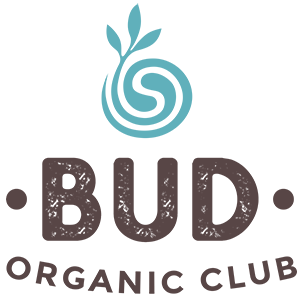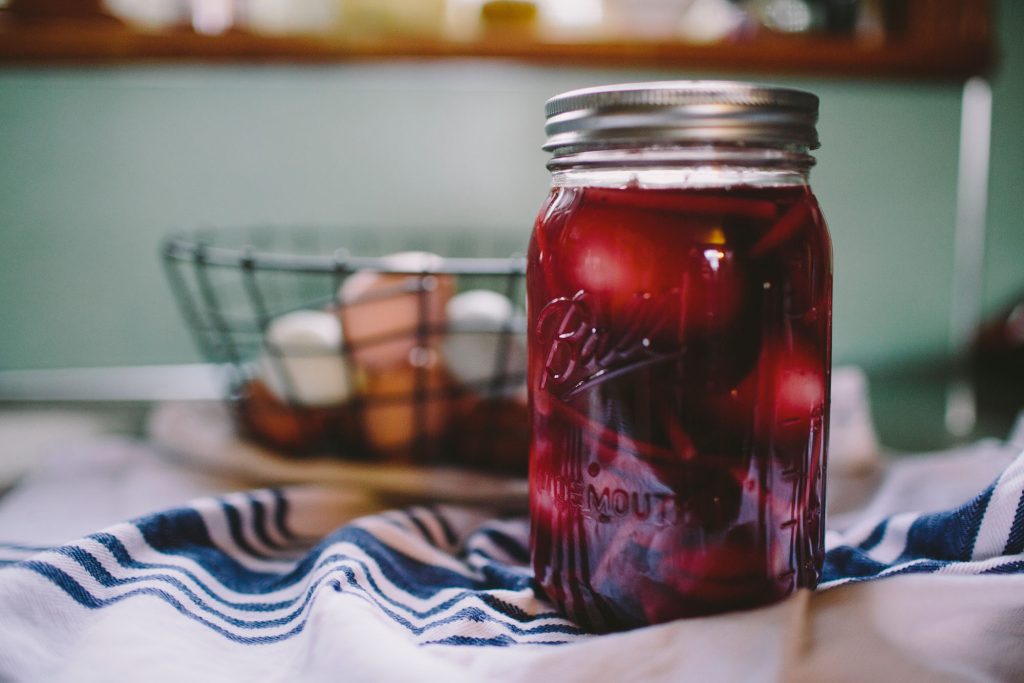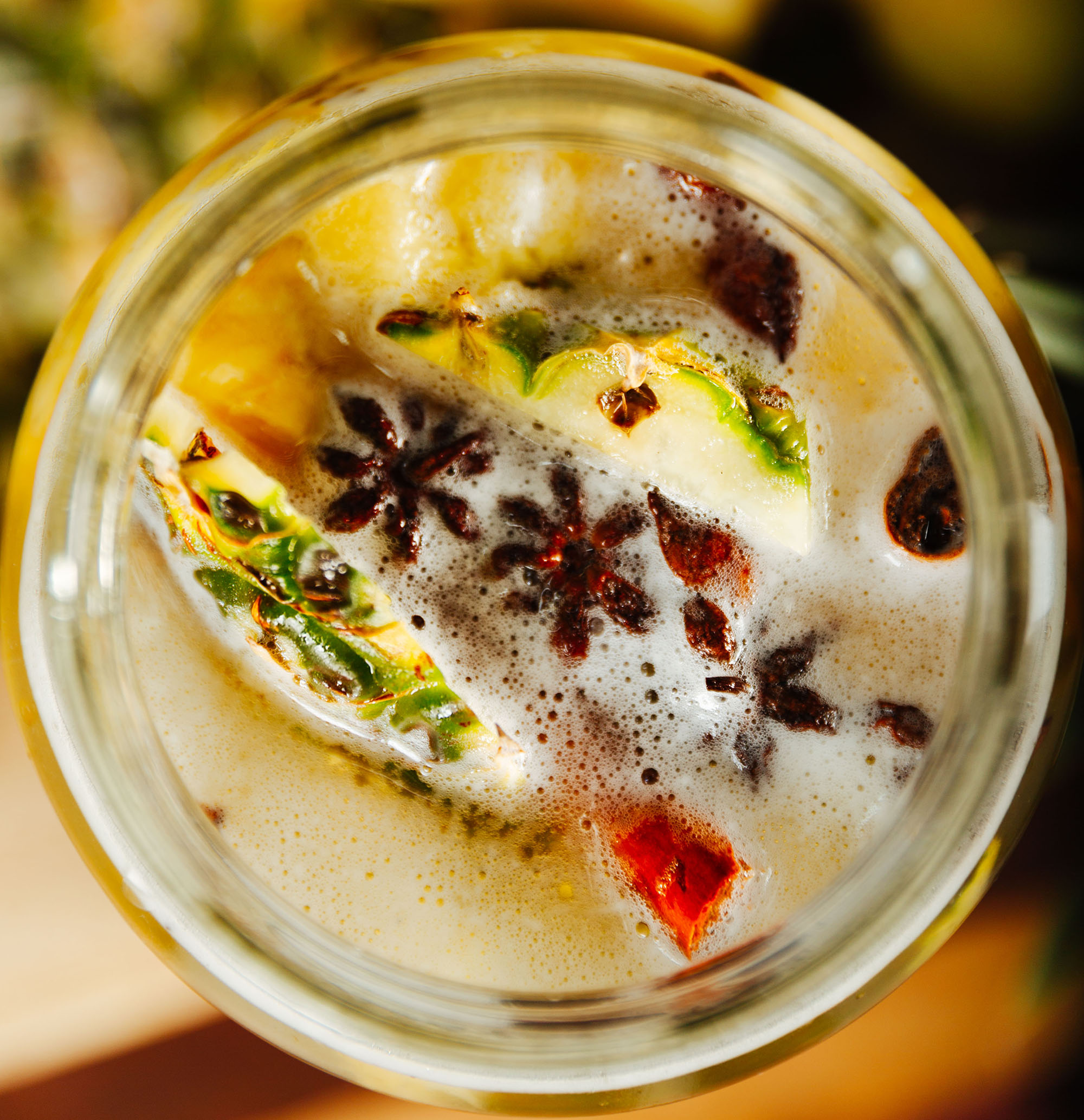Article by Dr. Sarah Lantz
With sugary beverages making national headlines for their links to obesity, heart disease, diabetes type II and a host of other crippling diseases, fermented beverages “ Kombucha, Kefir (both milk and water), Kvass, Tepache, Switchel, Jun, Shrubs, Amazake – amongst them, are having a well-earned time in the limelight and championing the revival of everyday fermentation.
Whilst the origins of most of these fermented beverages are hard to pin down, we do know that their linage is long and their comeback is well deserved. Estimates approximate the origin of kombucha for example, a fermented tea, to be around 2,000 years ago. Many claim to trace the ferment back to the Qin Dynasty of China, while others believe a Korean doctor, Mr. Kombu, presented Japanese Emperor Inyoko with his home-brew. Still, others reference Genghis Khan and his traveling armies as inventors, and historical evidence supports kombucha’s presence in 19th century Russia and Eastern Europe.
While many of the health benefits of fermented beverages are not of officially qualified by research, beyond the indisputable positive effects of digestion-aiding probiotics, testimonies to the power of fermented beverages range from improvement in skin to body detoxification and reveal valuable enzymes, electrolytes, vitamins, and energy as chief benefits reaped by drinking the tonic. The appeal of an energy-sustaining health drink that excites the palate as much as the immune system has gained the support of many communities across the globe. These days Kombucha in particular, is generally considered an edgy product in a rapidly expanding global market. Australia has seen a 700% increase in kombucha sales within the last two years. This translates to a whopping 173.8% growth rate in consumer choice for choosing kombucha over sugary carbonated beverages and is forecasted to experience a further 25% growth year on year. The industry itself has an estimated value of $200 million and growing.
As for fermenting beverages at home, as a mode of ‘cooking’ it’s remarkably straightforward “ and borderline magical. Many of the beverages, including tepache, kvass, and switchel, don’t require a starter culture at all. The largely unseen, yet majestic, microbial kingdom just show up and transform the food on their own without any invitation required. This ‘wild fermentation’ is simply the process of allowing natural occurring bacteria already present on fruits, vegetables, milk and other organic produce to start the fermentation process naturally.
No extra microorganisms are added for this process to occur. An advocate for wild fermentation, and James Beard Award-winning author Sandor Katz argues that, ‘Wild fermentation is a way of incorporating the wild into your body, becoming one with the natural world¦These microorganisms are everywhere, and the techniques for fermenting with them are simple and flexible. They are a powerful connection to the magic of the natural world, and to our ancestors, whose clever observations enable us to enjoy the benefits of these transformations’.
In essence, wild fermentation is the opposite of homogenisation and uniformity. It’s a method you can undertake in your home, using the extremely localised populations of microbial cultures present there, to produce your own unique fermented foods “ with no need for commercial starters or fancy equipment. What you ferment with the organisms around you is a manifestation of your specific environment, and it will always be a little different every time.
In my home, the children and I are continually bedazzled by the alchemy of wild fermentation. We watch raw milk divide into curds and whey. Add the skin and core of a pineapple to some sweetened water and a few days later a fizzy tepache emerges. Beets, salt and water are all that are required to make an earthy kvass blood tonic. In fact, our family’s love affair has expanded to the point where nearly all surface areas of our kitchen counter tops are populated by an assortment of glass jars, ceramic pots, carboys, growlers and bottles of all shapes and sizes.
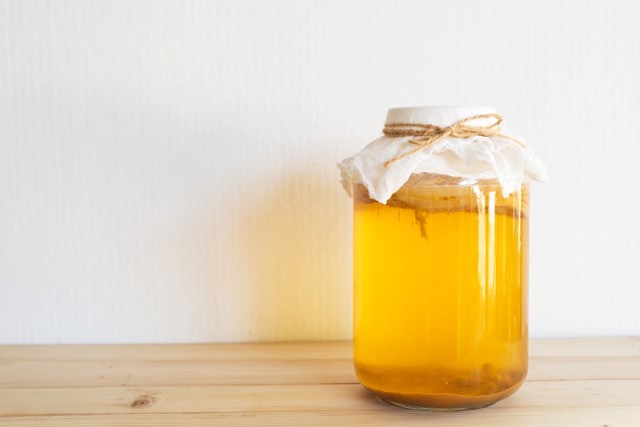
While not all ferments require starter cultures, some do. Kombucha, Jun and Kefirs all require a ‘mother’ of sorts, otherwise known as a SCOBY “ Symbiotic Colony of Bacteria and Yeast. These days, starter cultures are easy to come by, either commercially or from fermenting acquaintances, or fermenting groups in your area, who usually have more than enough to share. In my experience, local fermenters are considerably generous with passing on their wisdom, recipes and starter cultures “ perhaps because their microbes have taught them humbleness, or because they understand at a deep ecological level that our very survival depends on them.
If you are sourcing your cultures from a colleague though, just make sure they come from a happy home. Consider the quality of the water and food sources they have been grown in. All of these inputs and environmental factors play a critical role in the health of your SCOBY. I would also go so far as to find out what kind of emotional home they have been grown in i.e. smoke free home, emotionally stable home etc. I take the quality of my starter cultures seriously.
Other than that, maintaining a warm and happy environment for your microbial friends to miraculously transform their food sources into delicious, life-giving beverages is all you’ll need. I promise, when you hear them all gurgling and bubbling contentedly as you pass through your kitchen it will be a deeply satisfying sound. When you know your microbes are happy, the transformations they make are nothing short of miraculous, resulting in striking new flavours, textures and health-giving nutrients.
i) Katz, S. (2003) Wild Fermentation: The Flavor, Nutrition, and Craft of Live-Culture Foods, Chelsea Green, USA.
Article by:
Dr Sarah Lantz (PhD)
Buchi Brew Co. & Sacred Women’s Way
